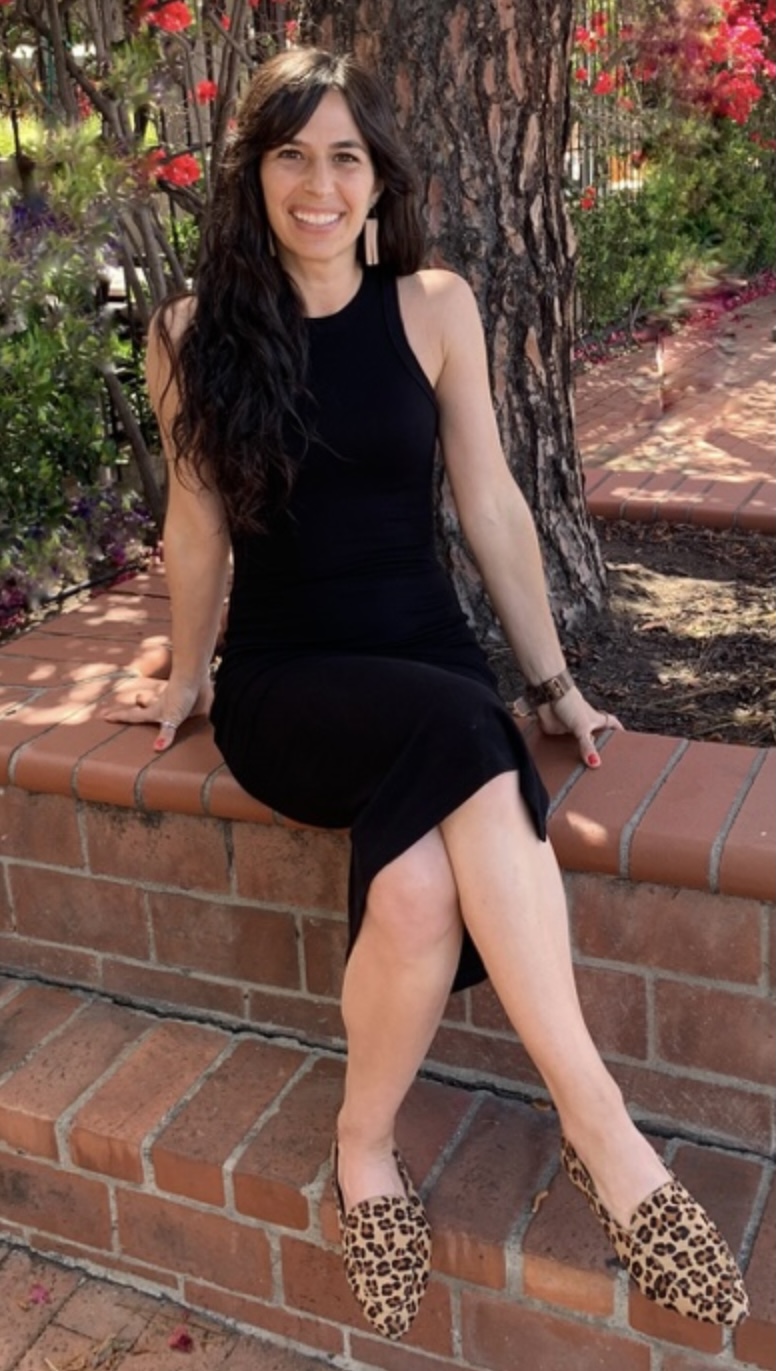We were lucky to catch up with Jill Baumgartner recently and have shared our conversation below.
Jill, looking forward to hearing all of your stories today. Was there a defining moment in your professional career? A moment that changed the trajectory of your career?
Throughout my career, there were several moments that led me to explore more of the mind-body connection in therapy. At times, I started to question the effectiveness of certain coping skills I was offering in sessions. Working with all ages, many clients presented with emotional dysregulation. As I learned more about the spectrum of trauma, I continued to observe subtle nuances of nervous system responses. I was curious to learn more about the wisdom of the body, so I explored several other healing modalities that have common threads woven throughout their practices. I was learning about trauma healing at psychotherapy conferences, and at the same time, I was learning about the benefits of yoga and meditation. The parallels were striking to me.
I was also inspired to support clients who were managing acute mental health symptoms as well as chronic pain and complex physical health concerns. Exercise and movement may not be for everyone, and meditation can be difficult for many. I wanted to support clients with skills to release emotions through the body, in addition to talk therapy. I practice from a framework that identifies emotions as energy, with the understanding that everything is energy. The science of therapy is an aspect that I really enjoy. We are electrical and chemical beings; if we treat everything from the mind, we are missing crucial aspects to healing.


Jill, before we move on to more of these sorts of questions, can you take some time to bring our readers up to speed on you and what you do?
As a psychotherapist in private practice, I blend traditional talk therapy with practical coping skills to help regulate the nervous system. Just being curious about signals within the body can provide valuable information for coping. Clients are typically not feeling their best when they seek out therapy, so I often provide simple skills to help contain symptoms in between sessions.
As a clinician, I am passionate about normalizing the therapeutic process for others. People may be more receptive to access therapy if certain stigmas, beliefs, and myths are challenged. Receptivity to mental health is shifting, but progress can still be made to prioritize emotional development. In the medical field, a broken bone gets set in a cast for weeks at a time and a physical wound is treated with bandages and ointment. Emotional wounds are typically less visible, but that doesn’t mean mental health is any less important. If we can shift our thinking and start to view emotions as intuitive messages, then we can tune into those messages to navigate our experiences.
In therapy sessions, I often provide a lot of psychoeducation. Psychoeducation means presenting clients with information to offer context for their experiences. Providing details about the vagus nerve, attachment styles, and communication skills are all examples of psychoeducation. Often, just understanding a concept or a term can create positive shifts in the therapeutic process. An intervention as simple as referencing a feelings chart can offer clients improved insight.


What do you think helped you build your reputation within your market?
In recent years, I’ve noticed a shift with clients seeking more holistic therapy practices. Knowledge of the brain and body can help clients begin to self-regulate and self-regulation skills can help clients support their families through difficult moments, too. This knowledge can be important at any stage of development, and it informs a lot of my practice and workshop presentations.
Bridging connections between the body and emotions has become part of my niche in the profession. I enjoy presenting clinical concepts in simple ways that are digestible for clients. I’ve joked that I probably sound like an encyclopedia at times. I’ve found it helpful to show clients a model of different structures in the brain to provide a better understanding of their experiences. Neural connections are constantly informing our reactions and decisions, so having this knowledge can be empowering. A client may not need to know specifics about the neocortex or the basal ganglia, but they may find value knowing that part of their brain responded in a natural, adaptive way.
Presenting goals as small, attainable steps has been helpful, especially if clients are unsure what to expect from therapy. It’s common for the logical (left) brain to search for instant results or solutions, but I reassure clients that small changes can lead to large transformations, especially within the nervous system. Sometimes it can be difficult for clients to acknowledge change within themselves, so I often normalize the fact that progress can be subtle and even nonverbal. Maybe a client is smiling more, their posture is different, or the tone of their voice is more assertive. Sharing potential benefits of new skills has also been valuable. If a client learns that a certain coping skill is correlated with increased oxytocin or less stress cortisol, they may be more inclined to try it and share their progress with others.
Can you tell us about what’s worked well for you in terms of growing your clientele?
Embracing entrepreneurship helped me establish my presence over the years and creating a presence was two-fold. I established an online presence on multiple platforms, and I also maintained and created relationships in the San Diego community. Having a professional network with other mental health clinicians is something I will continue to nourish. Private practice offers a lot of autonomy, but I enjoy having community interaction with other colleagues and referral sources. We continue to learn from one another and share new approaches.
Collaboration has been another way to explore new ideas and work with other professionals. During one project, I collaborated with a friend who is an educational consultant, and it resulted in many personal takeaways. At the time, we were brainstorming ways to support children and learning within the classroom setting. During our meeting, I provided feedback about why some interventions may be more successful than others. We both had a creative breakthrough; I was able to put into words what she had been observing for years, and she told me that people needed to hear what I have to share. I was so used to working one-on-one with clients, our meeting highlighted what I had been resisting. It was the exact nudge that I needed to explore more community involvement and speaking events.
Part of what I love most about working in mental health is that there are always new theories and practices to learn. The other side of the coin is that it can be easy to get caught up in clinical interventions. With clients, I try to stay grounded in the present and remember that just making people feel seen can be therapeutic. Staying rooted in connection is important. Noticing the subtle differences of their new haircut, asking about their most recent trip, and remembering the name of their pet can have more value than any advanced therapeutic skill I learned ten years ago. I try to remember that being genuine can speak for itself and doesn’t require any credentials. Thank you!
Contact Info:
- Website: https://jillbaumgartnerlcsw.com/
- Instagram: https://www.linkedin.com/in/jill-baumgartner-95a44b251
- Other: https://www.psychologytoday.com/us/therapists/jill-baumgartner-san-diego-ca/905163 https://beingseen.org/therapist/jillbaumgartner/
Image Credits
Xianna Trujillo Erinn Mae Photography


